A Secret Message Held in the Lincoln Memorial’s Hand is Something Out of National Treasure
The Lincoln Memorial stands perpetually tall with a sense of historical grandeur. It’s recognized as one of the most renowned monuments in the United States. It was built to honor the country’s 16th president.
The monument attracts crowds of visitors each year. However, despite its widespread notoriety, there are lesser-known facts about the memorial that only a select few know to exist.
Say Cheese!
One hundred years have passed since the Lincoln Memorial was first introduced to the American public. Over the last century, it has become a defining symbol of American history. It stands today as a testament to the legacy of President Abraham Lincoln.
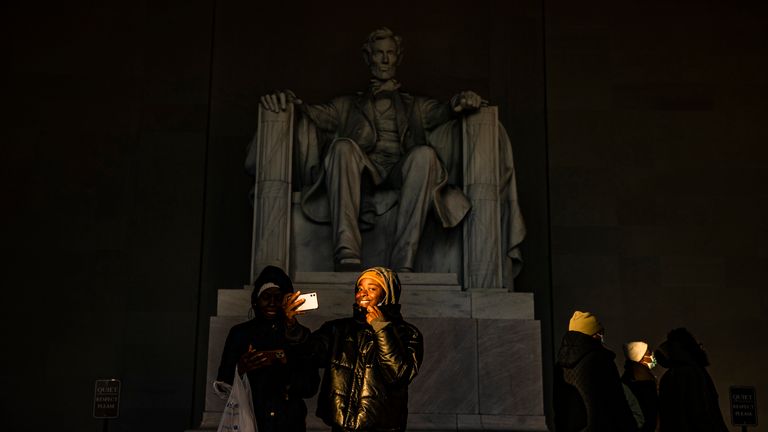
Source: Samuel Corum/Getty Images
The memorial is a revered destination for visitors from around the world. One of the most iconic features is the 87 stone steps that lead up to the statue. Visitors often climb them to take in the views of the National Mall and to snap a photo with Honest Abe.
The Statue’s Personal Touch
Despite its grand and impressive architecture, the Lincoln Memorial also possesses a unique and personal atmosphere. Even with the temple-like structure that houses it, the monument still evokes a sense of intimacy. As a result, the statue feels relatable and accessible to visitors.
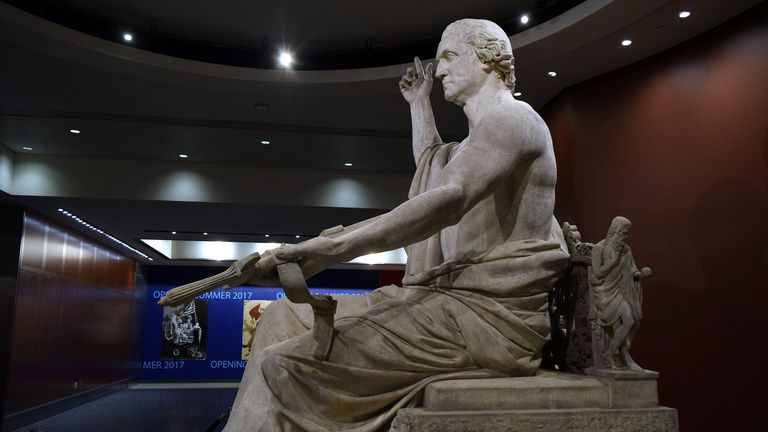
Source: Rdmsf01/Wikimedia Commons|CC BY-SA 4.0
This is in stark contrast to other iconic American statues, such as the George Washington statue sculpted by Horatio Greenough. Lincoln’s statue is depicted in a manner that emphasizes his humanity as opposed to idolizing him as a god-like figure.
Standout Statue
Harry Rubinstein is a respected curator at the Smithsonian’s National Museum of American History. As an expert in American political history, he has strong opinions on the Lincoln Memorial. In an interview with National Geographic magazine, he praised the monument for its powerful and evocative design.
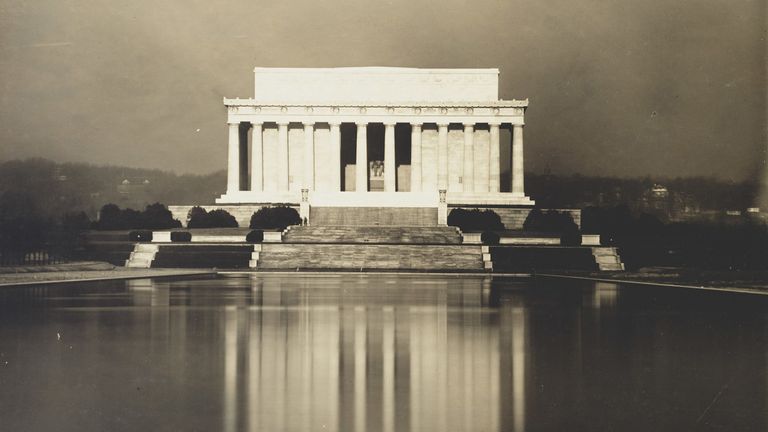
Source: Library of Congress/Wikimedia Commons
“As far as monuments go, this is a really, really good one,” he said. “It has that temple-like quality, and the statue reveals itself slowly as you walk up the steps — it doesn’t hit you all at once.”
Symbolism Abounds
The Lincoln Memorial is a truly remarkable structure, not just because of its impressive size and grandeur but also because of its rich symbolism. This symbolic aspect is one of the reasons why it is so impactful for visitors and has made it a national treasure.
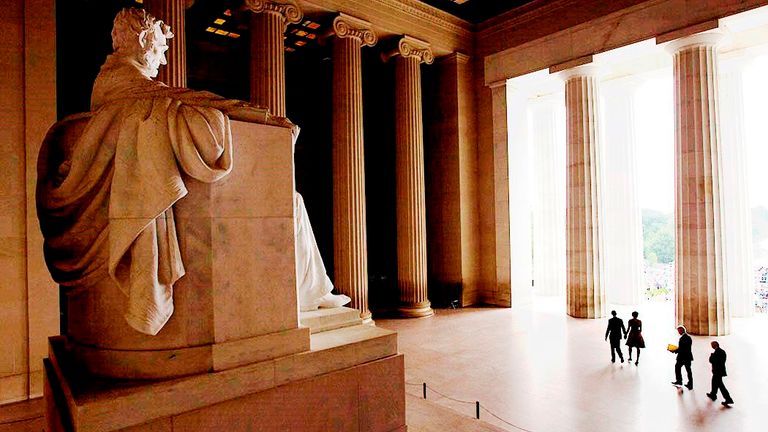
Source: Pete Souza/Wikipedia
However, despite its powerful impact, some of the messages hidden within the statue’s design can be difficult to understand. The symbolic meaning might take time to grasp. That’s why sometimes, it could be beneficial to have a guide to help interpret the hidden messages.
Long Debate
The monument’s history can be traced back to the immediate aftermath of the tragic event of Abraham Lincoln’s untimely assassination. The nation was in shock and mourning, and people immediately started calling for a lasting tribute to be built in honor of the late president.
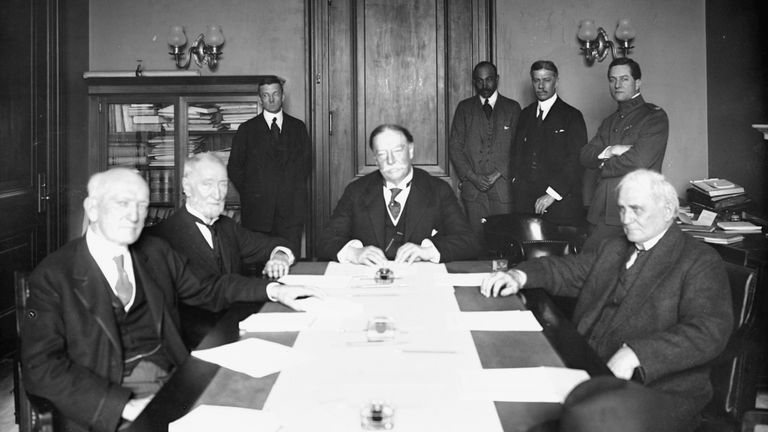
Source: Library of Congress/Wikimedia Commons
Despite this initial outpouring of support, it would take several decades and a few project redesigns before it would finally begin. The process was long and arduous, with many obstacles and challenges that had to be overcome.
Beginnings
It wasn’t until a few decades after Lincoln’s passing that Congress finally approved the project for the memorial and allocated $2 million for it in 1911. It was a big step and a historic moment for what was to become one of the world’s most important statues.
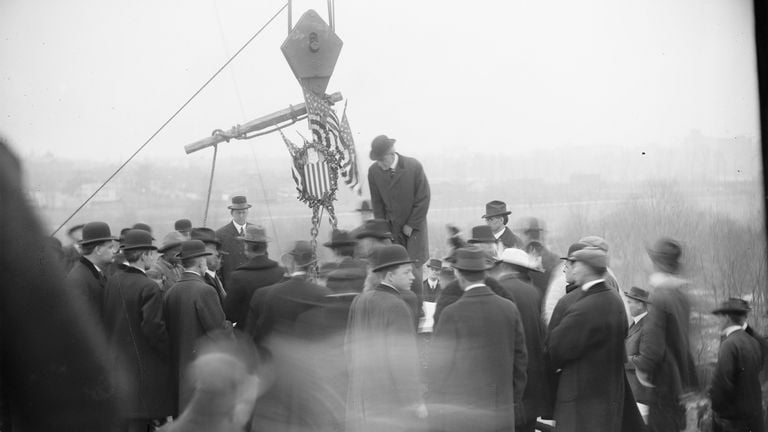
Source: Library of Congress/Wikimedia Commons
However, even with funding secured, progress on the memorial remained slow, as the people in charge wanted it perfect. For a period of three years, there were ongoing meetings and debates about the design and location of the memorial.
Mediterranean Design
Ultimately, a man named Henry Bacon, who had previously studied in Europe, was the fortunate architect chosen to design the memorial. His time abroad had introduced him to ancient Greek design, which was evident in his drawings and plans for the Lincoln Memorial.
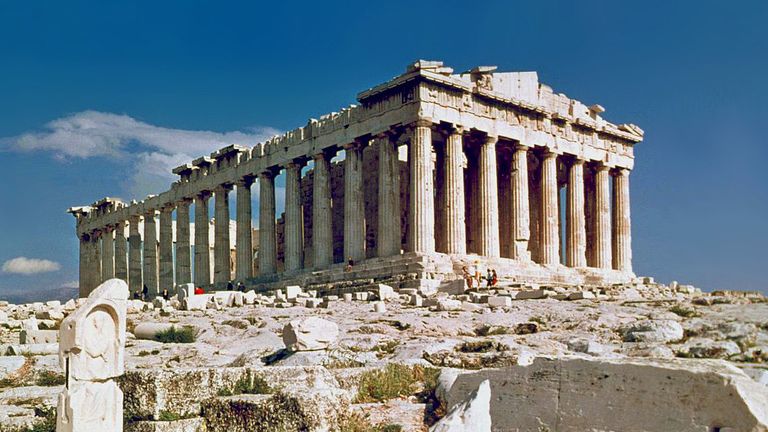
Source: Serendigity/Flickr
Mr. Bacon felt that the memorial should stand the passing of time just like the Greek buildings and art have done. Today, one can see an unmistakable resemblance to the Parthenon temple located in Athens, Greece, which was incorporated on purpose into the design of the Lincoln Memorial.
Many Options
It’s hard to imagine the statue of Lincoln standing inside any other building besides the one Henry Bacon designed. However, it is important to note that Bacon’s idea was just one of many proposals. Every architect in the world wanted to helm the creation of such an important monument.
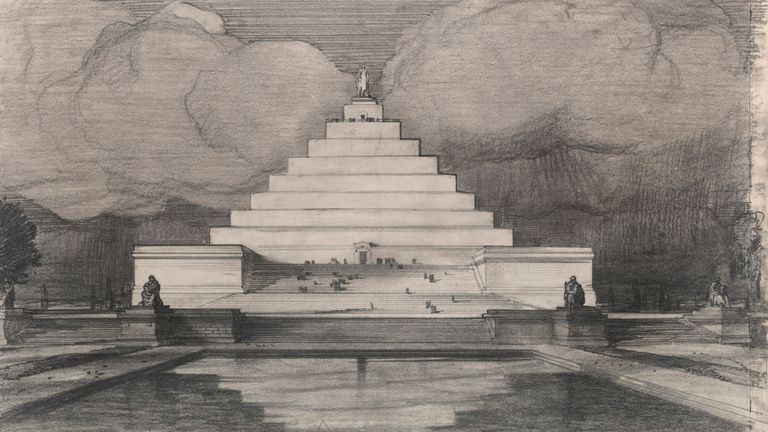
Source: John Russell Pope/The National Archives Catalog
One architect, named John Russell Pope, also submitted several designs for the memorial, but the commission ultimately rejected them. Some of Pope’s designs were quite unconventional, and they were very different from what was finally accepted and built as the Lincoln Memorial.
Temples From Around the World
One of the rejected designs submitted by John Russell Pope looked like a Mayan temple featuring an enormous eternal flame. Another proposed concept was based on a ziggurat, a structure mostly found in ancient Mesopotamia.
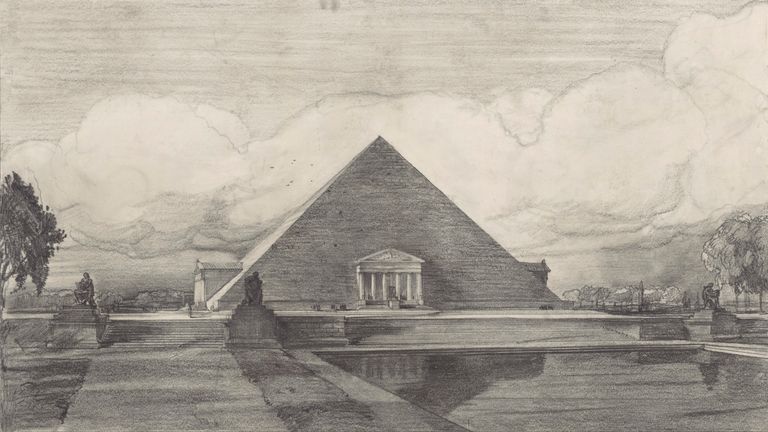
Source: John Russell Pope/The National Archives Catalog
Pope also proposed a design that resembled a pyramid from ancient Egypt, but all of these designs were ultimately brushed off. Despite not being chosen for the Lincoln Memorial, Pope did have the chance to design another famous memorial, the Jefferson Memorial, which was built later.
Made in the USA
Henry Bacon was particularly passionate about the material used. He was determined that all the stone used should come from all over the United States. The use of stone from different regions of the country was meant to send a powerful message of unity and strength, reflecting the values and principles for which Lincoln stood and fought for and his ultimate sacrifice for the nation.
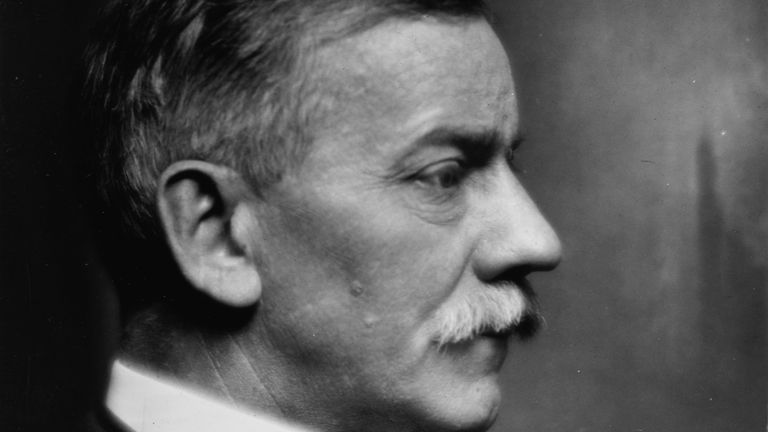
Source: Library of Congress/Corbis/VCG via Getty Images
Furthermore, he was sure that this would perfectly reflect Lincoln’s unwavering commitment to the preservation of the Union. He wanted to create a building that would stand as a symbol of the country’s united front and strength.
The Sculptor
Bacon’s design for the Lincoln Memorial is full of subtle symbols that can be uncovered upon closer examination. However, while Bacon was responsible for designing the structure of the memorial, the statue of Lincoln was created by a different artist, Daniel Chester French.
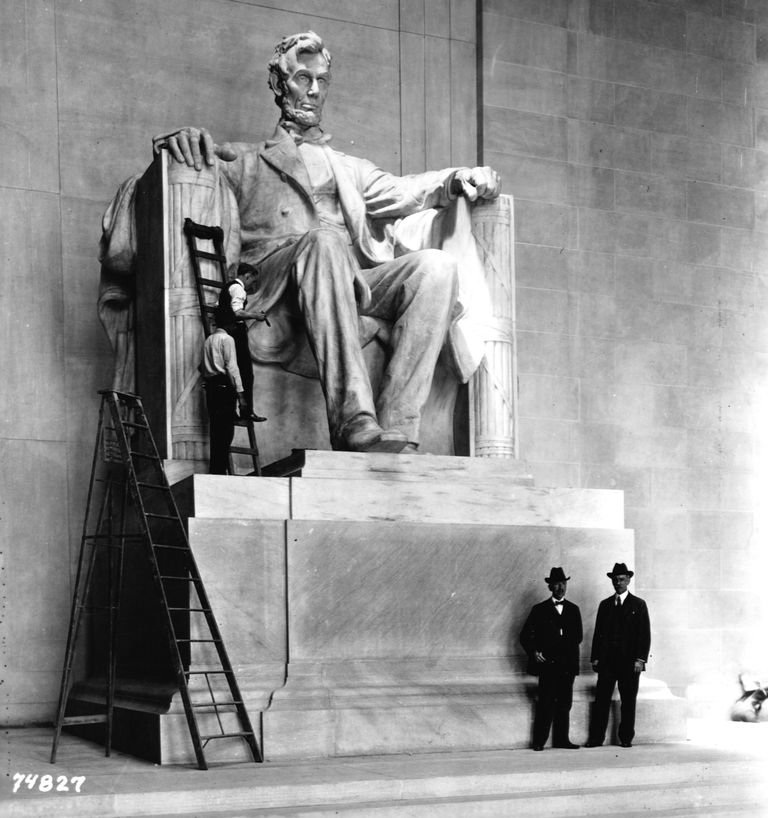
Source: Library of Congress/Corbis/VCG via Getty Images
French was tasked with creating the statue of Lincoln, which is the focal point of the memorial and an iconic representation of the President’s legacy. The statue itself is also rich in symbolism. French used different elements to convey the ideas of wisdom, guidance, and integrity, which were essential characteristics of Lincoln as a leader.
Attention to Details
French’s statue of Lincoln was crafted with great care and meticulosity. The President’s face is depicted as thoughtful and expressive. And above all, he is seated, which is not a common practice in statues of this nature. Instead, most statues have historical figures standing or on horseback.
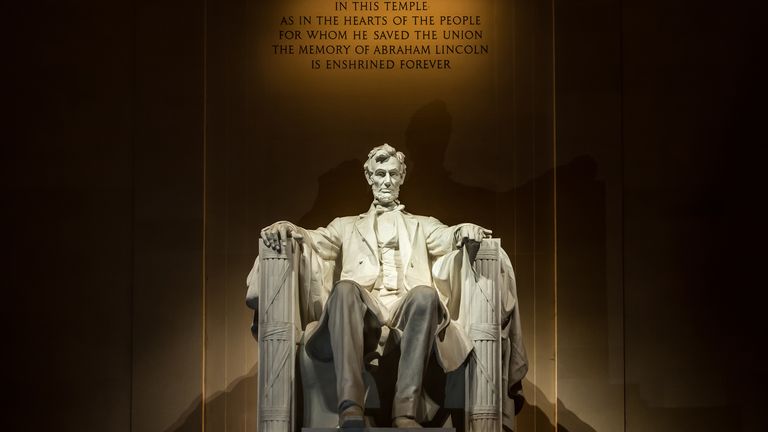
Source: bboserup/Getty Images
The reasoning behind French’s choices in designing the statue may be open to interpretation, as explained by an author of a biography of the sculptor in an interview with National Geographic.
No Explanation
As per Harold Holzer, French rarely elaborated on the reasoning behind the designs of his creations. He was, like many other artists, mysterious and a little eccentric.
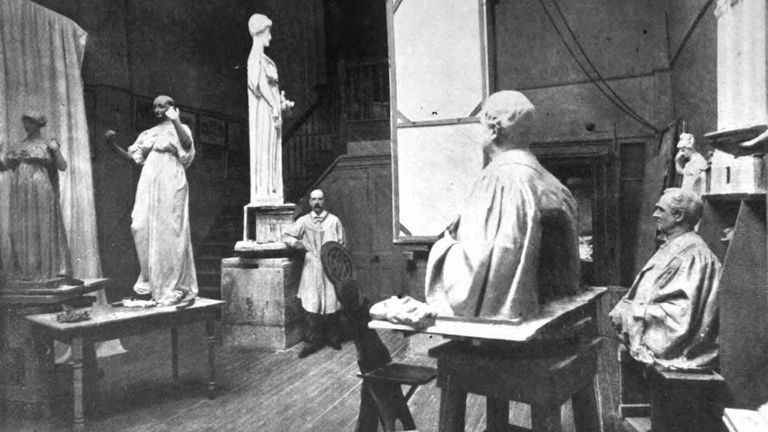
Source: Van der Weyde/Wikimedia Commons
He further stated, “My favorite French quote on this was: ‘A statue has to speak for itself, and it seems useless to explain to everyone what it means. I have no doubt that people will read into my statue of Lincoln a great deal I did not consciously think. Whether it will be for good or ill, who can say?’”
Taking His Time
It took French around five years to complete his statue of Lincoln. This may seem like a long time, but it is important to remember that French faced a monumental task with this project. Considering only its size, it was clear from the start that sculpting such a statue would be a labor-intensive endeavor.

Source: Smithsonian Institution/Flickr
Even though Lincoln’s figure is seated, the statue is still quite large, making the process of creating it more time-consuming. However, the time French took is a tribute to the level of detail and care he put into the statue, and it still serves as a powerful and emotive symbol of Lincoln’s legacy.
Resizing
The statue of Lincoln is depicted in a seated position, standing about 19 feet tall. It would reach almost 27 feet in height if the statue were standing. Interestingly, the initial design of the statue was a lot smaller, but French revised it.
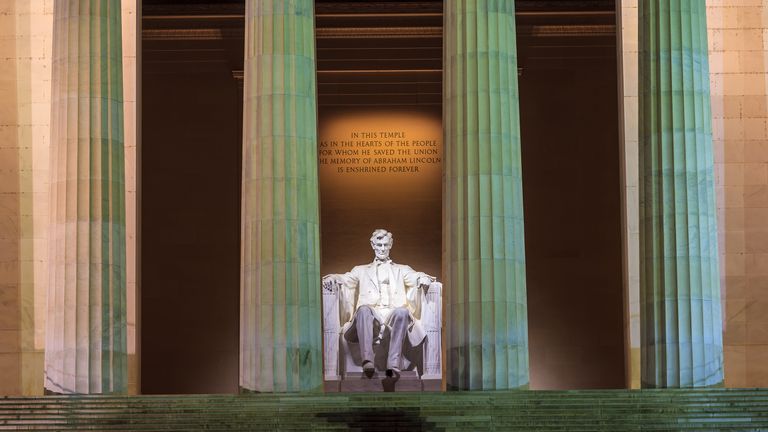
Source: f11photo/Getty Images
The initially proposed scale, with the seated figure reaching only 10 feet, would have made it appear much smaller compared to the grand scale of Bacon’s temple design. French, however, realized that this scale would not be appealing and made adjustments to the size of the statue.
Why So Serious?
In order to accurately portray Lincoln’s facial expression on the statue, French conducted extensive research. First, he looked at many different photographs of the president and read through descriptions of him to understand his physical characteristics and expressions.
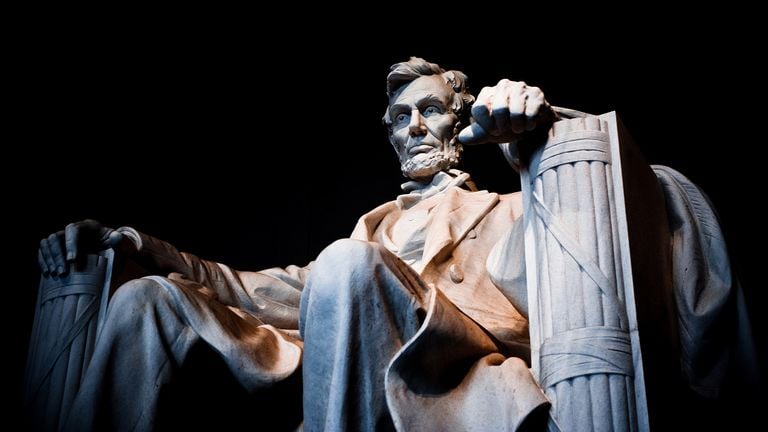
Source: colebech/Getty Images
Then he gathered all his information to create a statue that truly captured the essence of the leader. The famous Rubenstein said, “It was Lincoln under stress, who had the burdens of presidency and the war. Those are the photos [French] had to work with, not those of a young Lincoln.”
Much Needed Help
Creating the statue of Lincoln was a massive undertaking, and French did not work alone. He hired in his team a group of skilled sculptors–the Piccirilli brothers–who were six Italian immigrants. They had gained a reputation for their excellent sculptures in America.
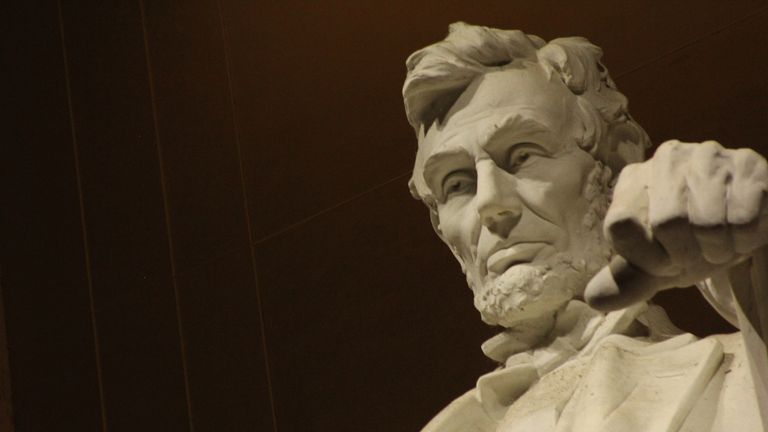
Source: Joseph Doyle Anderson/Wikimedia Commons|CC BY-SA 3.0
French collaborated well with them to carve the stone for the statue, and the final product is a testament to their combined skills and efforts. The Piccirilli brothers were acclaimed for their stone-carving expertise, and their contribution to the Lincoln Memorial project has played a crucial role in making it one of the most iconic and enduring monuments in America.
Helping Hands
The Piccirilli brothers were heavily involved in the Lincoln Memorial project. They worked tirelessly on the statue in their Bronx, New York workshop. They took great care in chiseling the figure out of a series of slabs, which were then transported to Washington, D.C., to be assembled on-site.
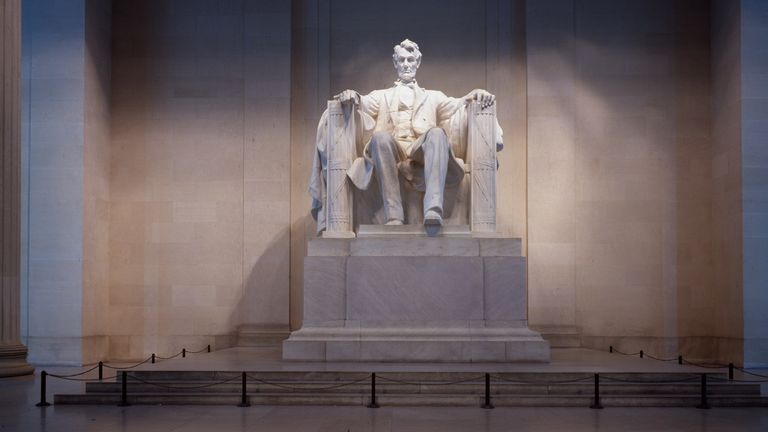
Source: Carol M. Highsmith/Wikimedia Commons
Their work was crucial in completing the statue, yet they may not be as well-known as one might expect. French had suggested carving their names into a plaque at the base of the statue as credit, but the brothers chose to decline this recognition.
Temporary Construction Disturbance
The Lincoln Memorial project was a monumental undertaking that took considerable time to complete. The foundations were laid in February 1914, and the work was completed in May 1915. The construction continued at a steady pace until April 1917, when the United States entered World War I.
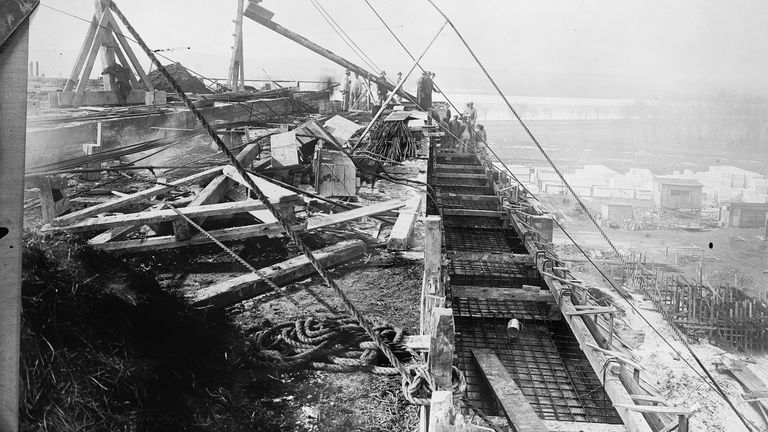
Source: National Photo Company Collection/Wikimedia Commons
The conflict caused a significant slowdown in the project as resources and labor were redirected to the front. It is a testament to the dedication and perseverance of all those involved that the memorial was eventually completed despite the obstacles encountered during the project.
End Product
Despite the delays caused by the war, the project had made significant progress by the end of 1919. All through December of that year and into January, the statue of Lincoln received its finishing touches.
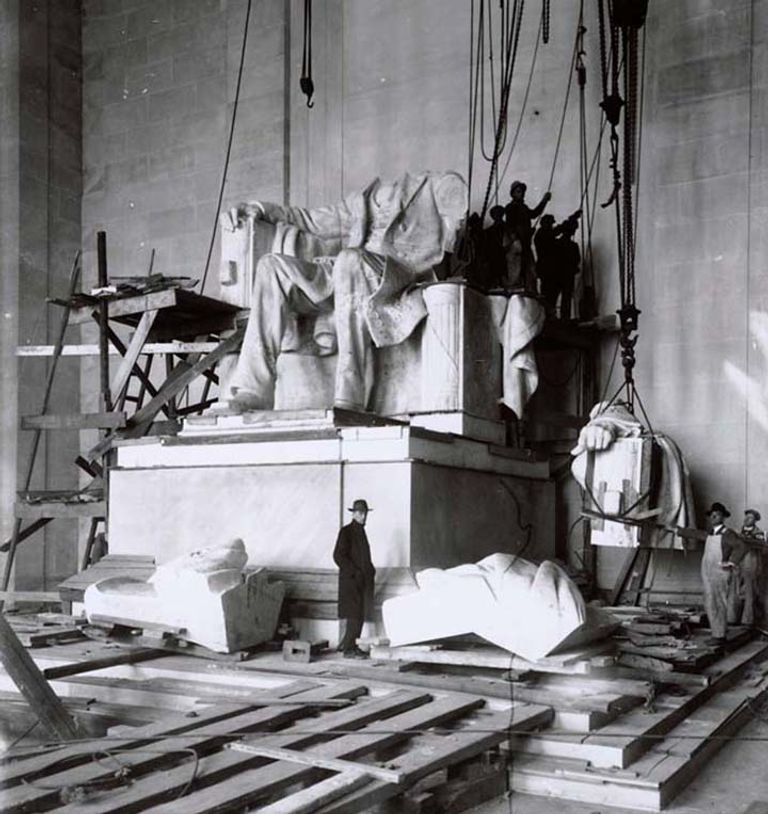
Source: The U.S. National Archives/Flickr
In 1921, paths leading to the memorial were paved, and gardens were planted. By May 30, 1922, the monument was completed to the point that it could be officially opened. Though the dedication was done, the final touches on the surrounding area continued for a few more years.
Most Famous
At the moment, the Lincoln Memorial is widely considered to be the most popular and beloved monument in Washington, D.C. The Washington Post reports that the memorial sees about 8 million visitors annually.
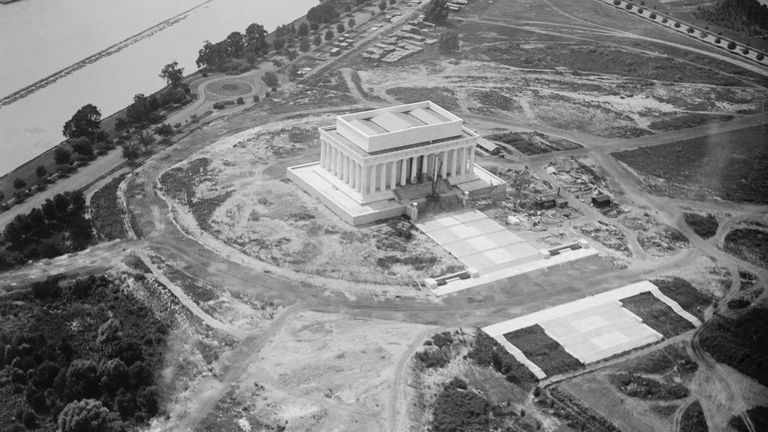
Source: Harris & Ewing, Inc./Wikimedia Commons
It has been an important symbol of the nation’s history, values, and ideals. Some of the most significant events in American history took place here, like the civil rights speeches by Martin Luther King Jr. As a result, the Lincoln Memorial is not just an architectural wonder but also the most cherished symbol of the nation’s heritage. And a powerful reminder of one of America’s most iconic presidents.
Everything American
For more than a century, the statue of Abraham Lincoln has been representative of the American spirit, and people aspire to the ideals and dreams it represents. The symbol is so powerful that it appears on the US dollar and in many classic American movies.
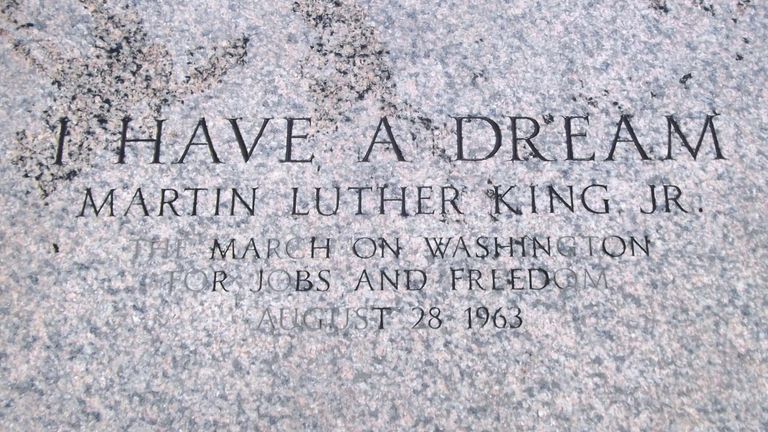
Source: ProhibitOnions/Wikipedia
Maybe, one of the most famous events that occurred at the memorial is Martin Luther King’s monologue titled “I Have a Dream” from 1963. It further shows the monument’s power to inspire people to fight for justice and freedom.
Down the Rabbit Hole
Most people know the Lincoln Memorial even if they have never actually been to see it. As mentioned, it is difficult not to see it on money or in films, especially if you are an American citizen.
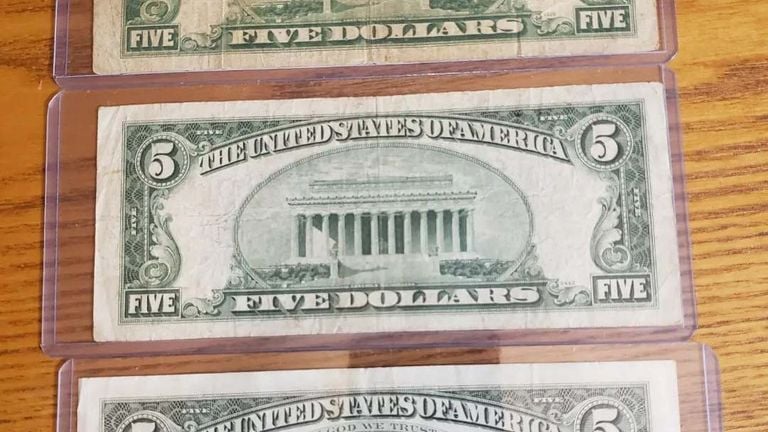
Source: yourcatcollectscoins/Instagram
However, the monument is full of hidden mysteries and symbols that cannot be seen with the bare eye. It goes very deep, and the deeper you go, the more you find. The people involved had a great thirst for hidden greatness and understood that a general symbol just gets better if you add substance. For example, you will find meaning even in the hands of the statue.
In the Hands
The leading creator, French, thought the hands were of great importance. You can see that they are very delicate, but at the same time, they are powerful. They represent calmness and firmness, qualities important for any leader.
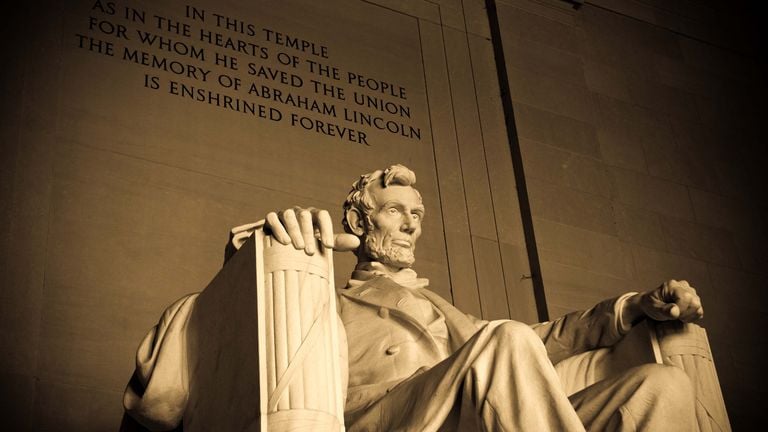
Source: diane39/Getty Images
Usually, French would not comment on his work, but the hands had to be given an explanation. Thus, he affirmed, “It has always seemed to me that the hands in portraiture were only secondary to the face in expression, and I depend quite as much upon them in showing character in force.”
Hands of a Leader
The open right hand of the statue symbolizes an invitation to acceptance and warmth. In contrast, the clenched left hand represents the determination and resolve to be victorious in battle–for the people who interpret it that way.
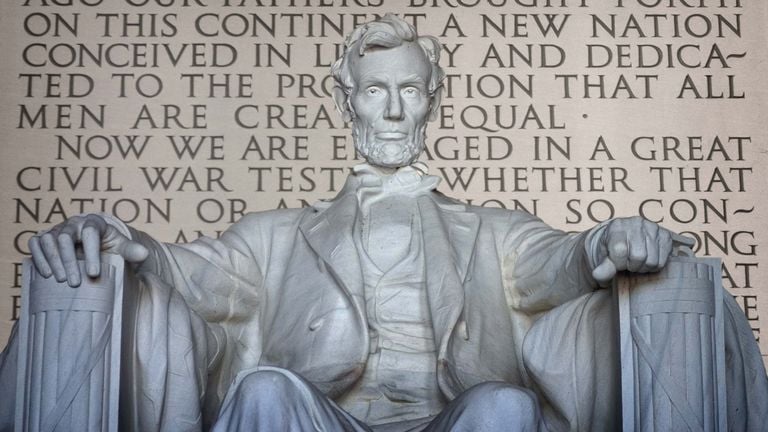
Source: gchutka/Getty Images
Many have found deeper meaning in this imagery. Some have described Lincoln’s hands as the two political parties at the front of the US government, with their liberal and conservative tendencies. It is open to interpretation, after all.
Deeper Meaning
This interpretation of Lincoln’s hands and their symbolism appears to make sense. However, there are other ideas on the subject. For example, some individuals believe that the designer of the statue had knowledge of sign language and that the placement of the hands was actually intended to depict the letters “L” and “A.”
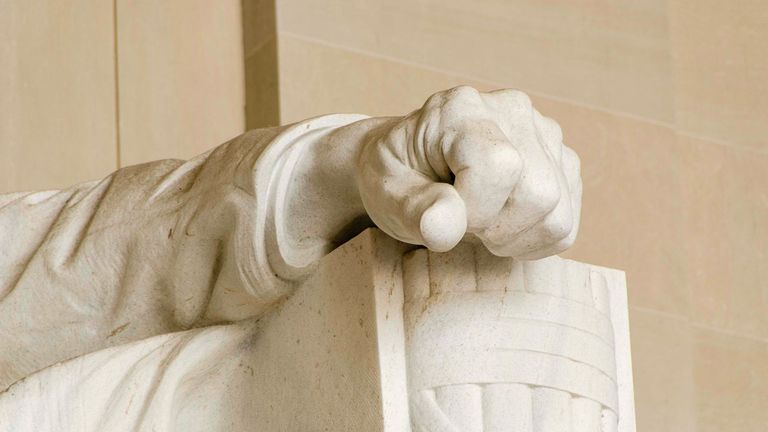
Source: RiverNorthPhotography/Getty Images
This interpretation suggests that the maker may have been trying to communicate a specific message or meaning through these letters. This idea of a hidden message in the statue has created significant interest and further speculation among those who have studied it.
Proof
There is a reason for people to think this. French had previously created a statue of Thomas Hopkins Gallaudet, a teacher of the deaf community. In this statue, Gallaudet teaches a child the sign for the letter “A.”
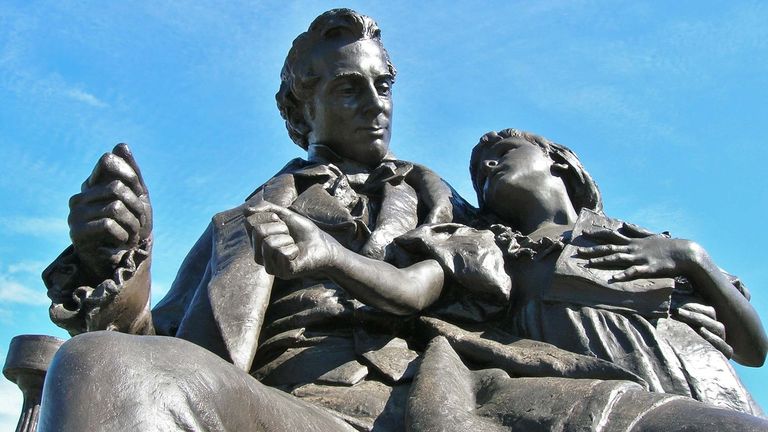
Source: Msact/Wikimedia Commons|CC BY-SA 4.0
This prior experience in creating a statue with reference to sign language provides some credibility to the theory that French did the same in the statue of Lincoln. While the idea is not definitive and is still subject to debate, it is intriguing to think that the figure might contain a hidden message or meaning that has yet to be uncovered.
Sign Language Interest
Furthermore, it is a well-known fact that Abraham Lincoln was interested in the education of the deaf. He actively promoted the use of sign language and even supported the establishment of Gallaudet University, a school specifically designed to educate the hearing impaired.
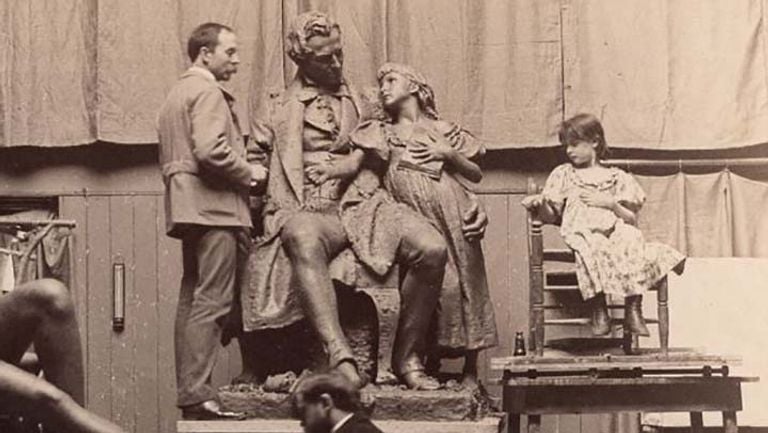
Source: National Gallery of Art
This institution was named after Thomas Hopkins Gallaudet. This connection between Lincoln’s interest in deaf education and Gallaudet’s presence in both the university and the earlier statue creates a compelling argument that further supports the theory that French may have included references to sign language in his statue of Lincoln.
Open to Interpretation
It is important to note that whether or not French intended for his statue to convey a message in sign language remains unknown. While it remains a possibility, it is also essential to avoid becoming too fixated on it. Other elements and symbols are present in the statue and at the site that are worthy of examination.

Source: Vasim Mistry/Wikimedia Commons|CC BY-SA 4.0
For example, some have observed references to the Roman Empire in the statue’s design. This theory proposes that French may have intentionally included Roman design elements as a way to draw comparisons between Lincoln and famous Roman leaders.
36 States
The Lincoln statue represents an iconic imagery of resting its arms on stacks of lumber, and the fasces symbolizes power and unity during the Roman times. Additionally, the columns of the monument, which were Parthenon inspired, hold a deeper meaning.

Source: Jonathan Newton/The Washington Post via Getty Images
There are 36 columns representing the 36 states that formed the Union when Lincoln was in power. This detail adds another layer of meaning to the statue, linking it to Lincoln’s role in keeping the country united during a trying time in its history.
Column Architecture
The design of the columns in the monument holds another intriguing detail, which was done more for practicality. The columns appear to be perfectly aligned, but in actuality, they are slightly tilted.
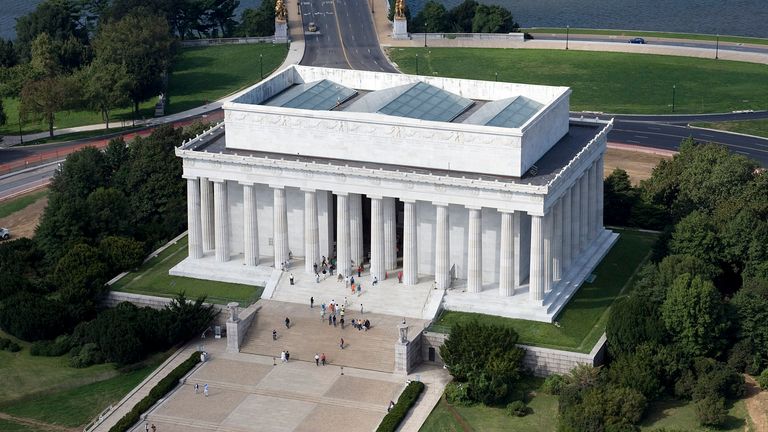
Source: Carol M. Highsmith/Wikimedia Commons
This was done to ensure that the overall structure looks symmetrical and proportionate. If they were to be completely straight, the monument would actually look off balance. This was the best way to achieve a visually pleasing outcome. The columns are a unique and well-thought-out feature of the statue, highlighting the attention to detail of the designer and the architect.
Hidden Basement
In addition to the exciting design elements on the surface of the Lincoln Memorial, there is also a large chamber beneath the statue, not immediately visible to the public. The size and grandeur of the monument required the construction of deep foundations, which in turn created a large underground chamber.

Source: Drew Angerer/Getty Images
This chamber exists today and is an invisible component of the structure, a secret hidden beneath the statue. This chamber contributes to the strength and stability of the memorial as a necessary component of the building.
What’s in There?
The underground room, known as the “undercroft,” is a significant space, standing at the height of approximately three stories tall. The thought of a massive and hidden chamber directly beneath such a renowned monument is quite evocative and can spark anyone’s imagination.
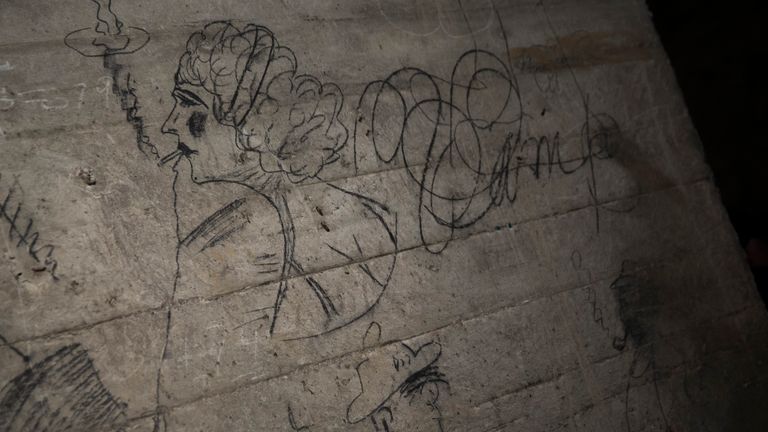
Source: Drew Angerer/Getty Images
However, in reality, the undercroft is not used. It doesn’t really serve a purpose except for what’s above. And it’s mostly empty except for some naturally formed stalactites and graffiti left behind by the construction workers who built the memorial.
Underground
The Lincoln Memorial is a world-famous structure, and its most notable features are easily recognizable from ground level. However, many people may not be aware that a significant portion of the monument is actually located underground.

Source: Drew Angerer/Getty Images
In fact, approximately 40% of the total area that the memorial occupies is below ground level, hidden away from the public eye. This fact is noteworthy because it gives perspective to the scale and grandeur of the structure and the amount of work and engineering that went into creating such an impressive monument.
Lincoln’s Legacy
On the outside of the Lincoln Memorial, visitors can find inscriptions of two of Abraham Lincoln’s most celebrated speeches written on the walls. On one side of the monument, people can find the text of the Gettysburg Address, which is widely regarded as one of the greatest speeches in all American history.
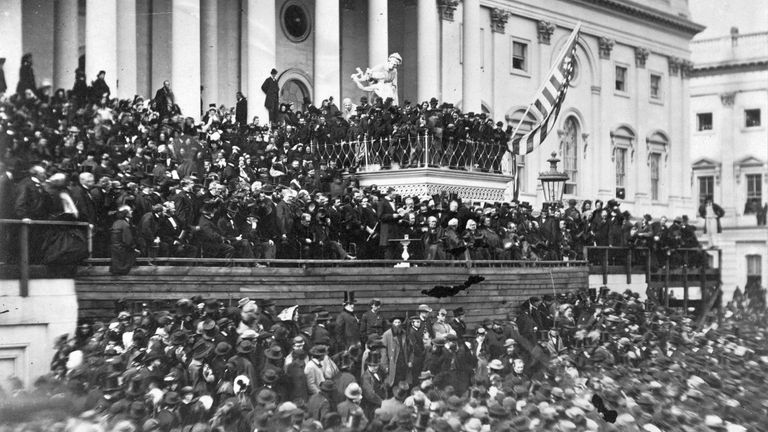
Source: Alexander Gardner/Wikimedia Commons
On the opposite side is the Inaugural Address he gave after his presidential re-election, which holds significant historical importance. These speeches are considered integral to Lincoln’s legacy.
Not Expected
It is only natural to expect that every single word inscribed on the walls of the monument would be in pristine condition, but that is not the case. On the inaugural address inscription, there is a mistake that can be spotted.
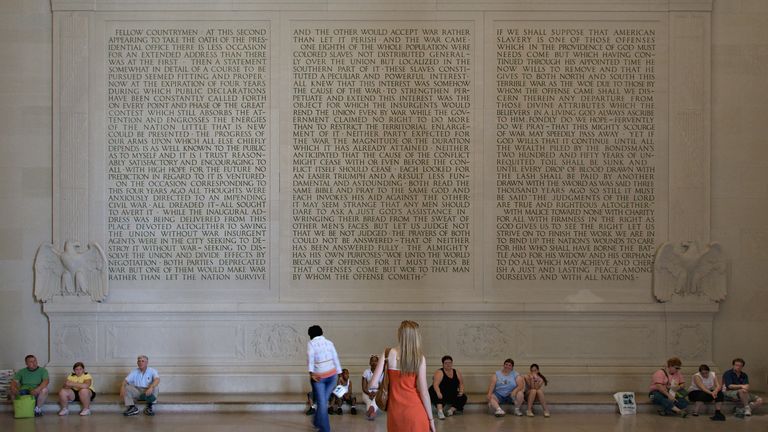
Source: Gregory F. Maxwell/Wikimedia Commons
It may be discouraging to learn that such an error exists, but it’s important to remember that it’s not uncommon for this to happen. The mistake appears in the passage that should have read, “With high hope for the future, no prediction in regard to it is ventured.”
Blunder
The person who was in charge of carving out this phrase on the monument made a mistake. Instead of carving the word “future,” they accidentally included an extra line at the beginning forming an “E,” resulting in the incorrect spelling of “euture.”
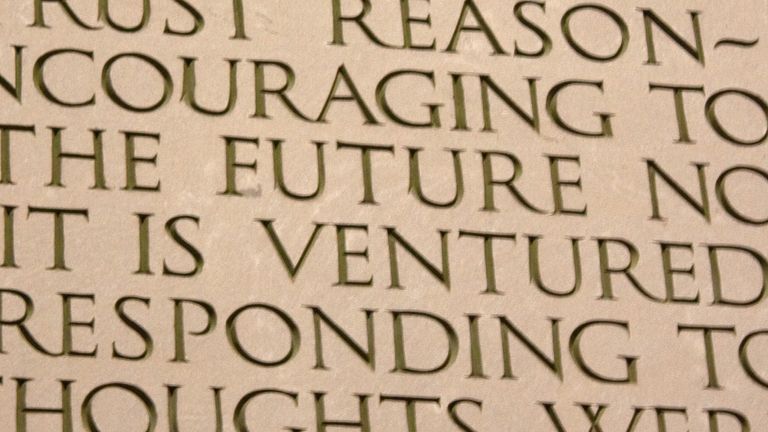
Source: Wknight94/Wikimedia Commons|CC BY-SA 3.0
It is easy to imagine that the person who made this mistake must have been embarrassed and deeply regretful. While the mistake was eventually corrected, if one looks closely, it is still possible to make out the blunder today.
Legacy
Despite the error that can be seen in the inaugural address inscription, the Lincoln Memorial is still one of the most highly respected and celebrated monuments in the United States. People idealize it, and for a good reason.
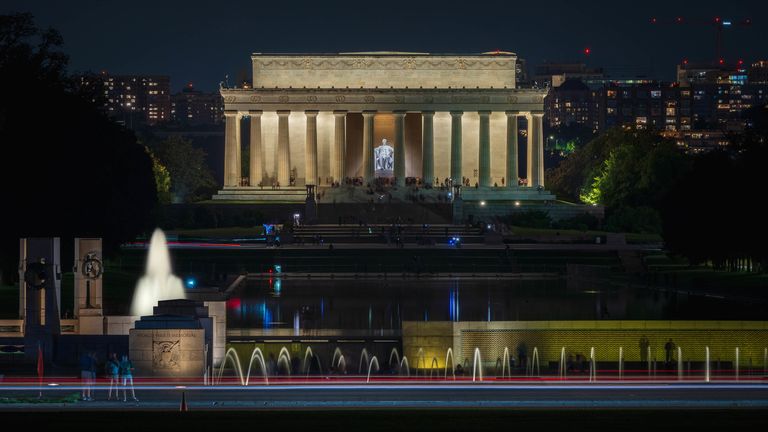
Source: John Brighenti/Flickr|CC BY 2.0
The artist who created the statue within the monument building was well aware that it would be heavily scrutinized and studied with great interest. He knew that the design and the message it conveyed would be essential and enduring.
Timeless
Even though the name of the artist, Daniel Chester French, may not be widely famous today, the Lincoln Memorial statue that he created is one of the most recognizable and celebrated pieces of art in America. The sculptor put immense thought and effort into his design, infusing it with multiple layers of meaning and symbolism.
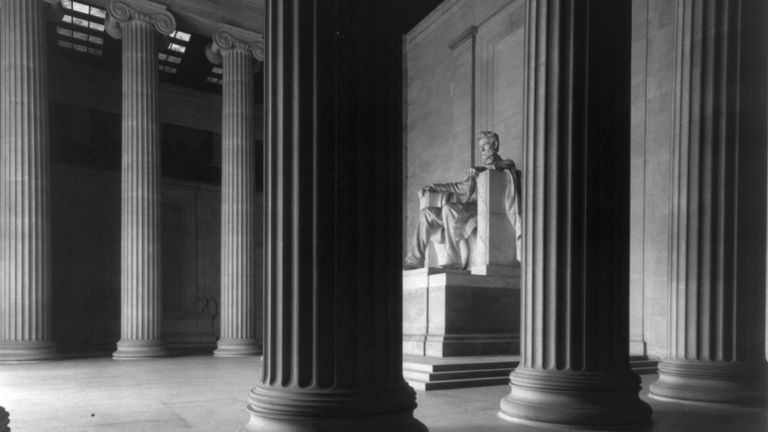
Source: PPOC, Library of Congress/Wikimedia Commons
A century after it was first opened to the public, it continues to captivate and mesmerize virtually all who see it. The Lincoln Memorial is a testament to the skill and vision of French. His work remains a powerful and enduring symbol of the United States and its history.
